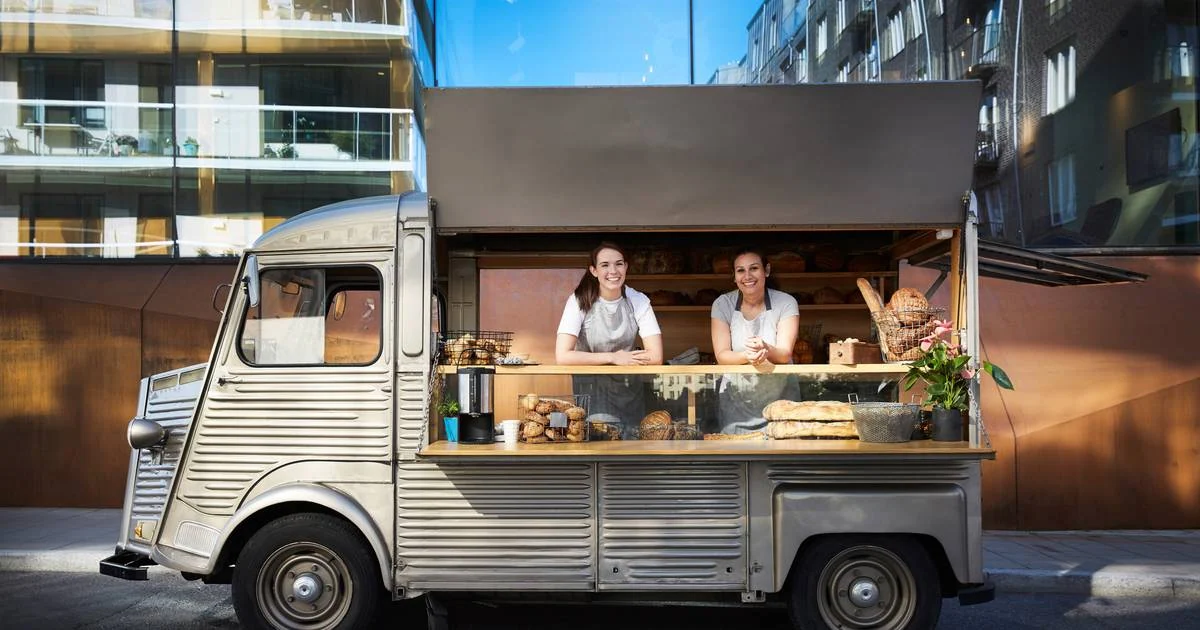
Introduction
In 2025, food trucks are a mainstay of the dining scene—not a passing trend. From music festivals to late-night downtown spots, these mobile kitchens serve everything from fusion tacos to vegan gelato.
But great food isn’t enough anymore. Customers expect more—healthier options, digital convenience, eco-consciousness, and a memorable experience. To succeed, food trucks need to match what diners value most today.
Here’s a look at the top trends driving food truck success in 2025—and how to stay ahead.
Why 2025 Is a Crucial Year for Food Trucks
Eating habits have changed. People want speed and flavor—but they also want to feel good about what they’re eating and who they’re supporting. Food trucks meet that demand with fast, local, flexible service.
But competition is heating up. New trucks are hitting the streets every week. The winners? They’re the ones tuned into customer expectations and willing to adapt.
Key Consumer Trends Fueling Food Truck Growth
1. Healthier, Plant-Based Menus
Consumers are actively choosing meals that support their health. Demand for vegan, vegetarian, and gluten-free options keeps rising—and food trucks are answering the call.
Think jackfruit tacos, lentil wraps, or dairy-free smoothie bowls. Customers aren’t ditching flavor—they’re looking for clean, feel-good alternatives. And they want transparency: where ingredients come from, how food is prepared, and what’s in it.
If your menu doesn’t offer at least a couple of plant-forward options, you risk being overlooked.
2. Tech Convenience Is the New Baseline
Long lines and unclear wait times turn customers away. In 2025, tech makes or breaks the food truck experience.
Mobile ordering, contactless payments, and scannable QR menus are now expected. GPS location-sharing is another must-have—if diners can’t find you online in real time, they’ll move on.
Trucks that integrate loyalty programs and simple order-ahead options gain a serious edge. The smoother the process, the more customers return.
3. Global Flavors with Local Ingredients
Cultural mashups are thriving—especially when grounded in local sourcing. It’s not just about creative fusion anymore; it’s about balancing global inspiration with community roots.
Picture Korean BBQ tacos made with tortillas from a local bakery or Indian burgers crafted from regional beef. A Toronto truck gained popularity for Ethiopian-inspired wraps using Ontario-grown kale. That mix of global flair and local authenticity creates an experience that sticks.
Surprise people with something different—and familiar.
4. Sustainability Matters
Customers care how businesses impact the planet. Using single-use plastics or foam containers can hurt your brand more than you think.
Leading trucks are adopting compostable packaging, minimizing food waste, and even running on solar power. Some offer discounts for customers who bring reusable containers—small gestures that make a lasting impression.
Visibility matters too. Let customers know what steps you’re taking through signs, packaging, or social posts. It builds trust and loyalty fast.
5. Social Media Is Still the Driver
In today’s world, your first impression often happens online. Food that photographs well sells better—plain and simple.
Eye-catching items like rainbow dumplings or loaded fries can go viral in a snap. But it’s not just about the visuals. A consistent voice, behind-the-scenes content, and clever branding create a vibe that people want to follow—and support.
Instagram, TikTok, and even stories from happy customers can bring in a steady stream of new faces. The stronger your social presence, the more buzz you’ll generate.
Bonus Trend: After-Hours and Pop-Up Popularity
Lunch crowds are still valuable, but the biggest growth may be happening after dark. Late-night snacks, festival spots, and brewery collabs are giving trucks a second shift—and a new audience.
Trucks that shift hours or add pop-up partnerships are seeing big payoffs. A Denver-based truck started serving at local breweries on weekend nights and saw a 40% revenue jump—without changing the menu.
Evening events attract diners who are more relaxed, social, and willing to spend. It’s not just about food—it’s about atmosphere.
How to Ride These Trends without Starting Over
You don’t need to overhaul your entire business. Start small:
- Add one plant-forward or gluten-free item.
- Swap plastic containers for compostable alternatives.
- Set up a basic mobile ordering system or QR menu.
- Show your truck’s real-time location via Google or Instagram Stories.
- Test out night hours or partner with a local event or brewery.
The key is to respond to what your customers are asking for—then build from there.
Even modest changes can lead to a big difference in traffic, sales, and loyalty.
Final Thoughts
In 2025, food trucks aren’t just about what’s on the menu—they’re a reflection of what people value. Health, convenience, culture, sustainability, and connection all play a role in where people choose to eat.
Trucks that adapt to these expectations are more than mobile kitchens—they’re experiences on wheels. And experiences are what keep people coming back.
If you’re already in the game, or thinking about launching your own truck, pay close attention to what today’s diners are saying with their choices. Meet them where they are—and give them something they’ll remember.




Leave a Reply